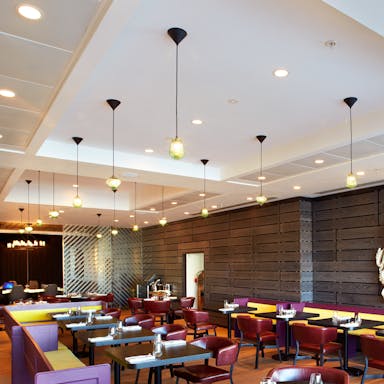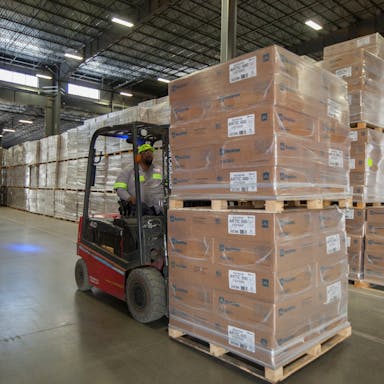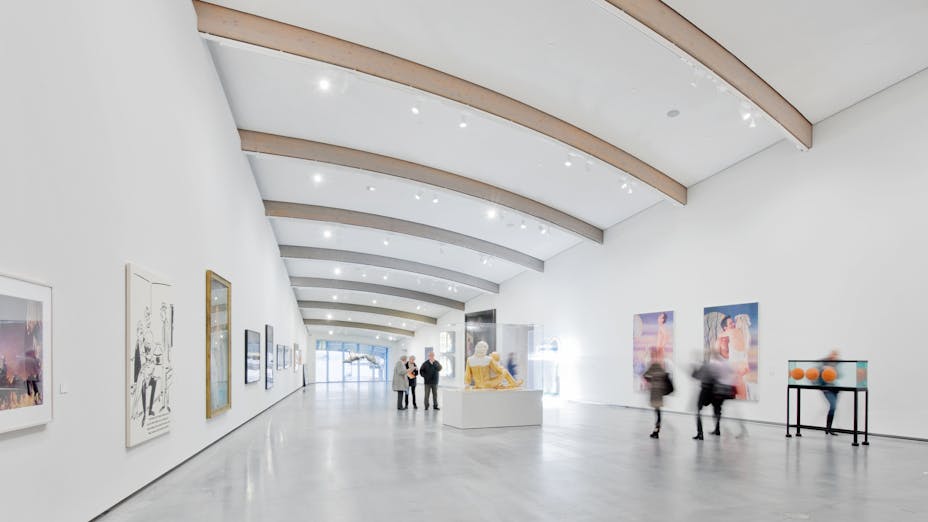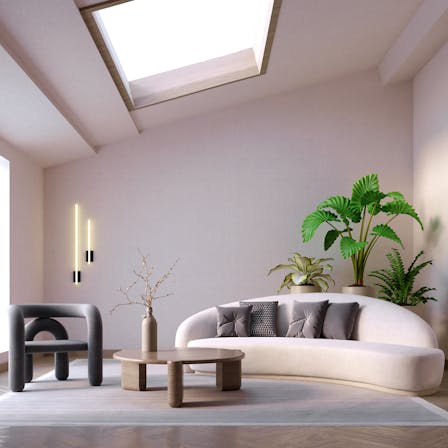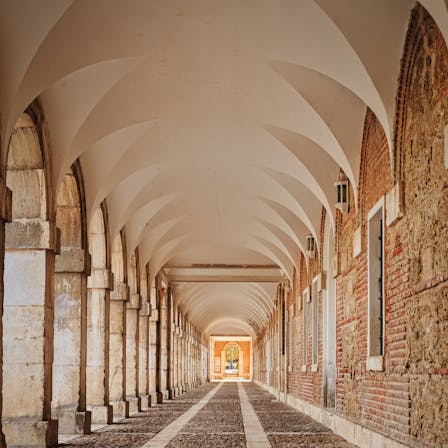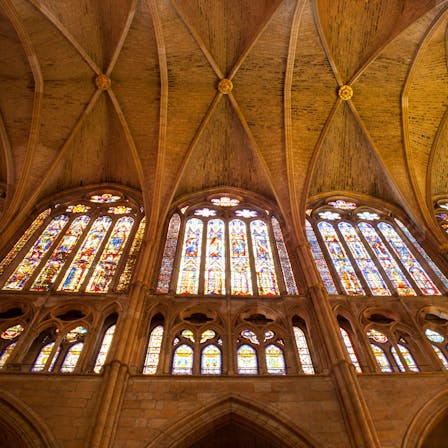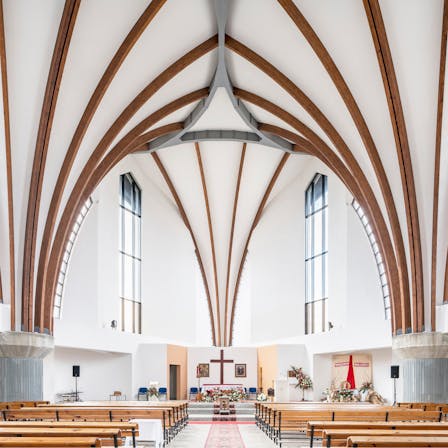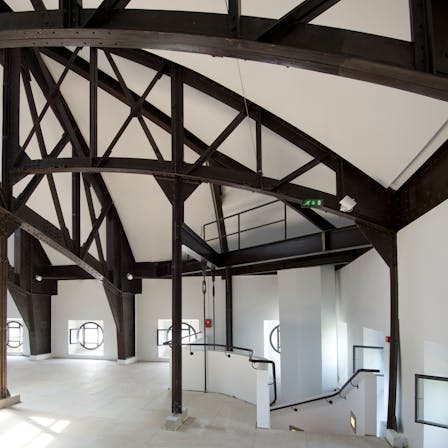Building owners, architects, and interior designers all have strong feelings regarding vaulted ceilings, making it easy to get caught up in other people's preferences while losing sight of your own.
Whether you're purchasing, building, or renovating a property with vaulted ceilings, it's a significant investment that should be carefully examined. We've highlighted the advantages and disadvantages, along with expert guidance on how to elevate vaulted roofs with excellent acoustic solutions, below.
What Is a Vaulted Ceiling?
A vaulted ceiling is any ceiling that arches up toward the roof and extends higher than the typical 2.5 to 3 metres height of average flat ceilings. While the phrase "vaulted ceiling" originally referred to ceilings with a self-supporting arch in classical architectural design, it is now commonly used to denote any sloped, high ceiling.
Vaulted ceilings found their beginning in basilicas or cathedrals centuries ago, resulting in them being referred to as cathedral ceilings. The architectural impact of a vaulted ceiling on interior design and environmental comfort within a space cannot be understated. They create the illusion of space, openness, and grandeur — allowing greater airflow for a more comfortable interior space.
Today, you can find vaulted ceilings incorporated into the interior design of every feasible space beginning in residential homes and on into commercial offices, medical centres, and even retail spaces.
Read on to learn more about vaulted ceilings and why they can be an advantageous inclusion or a drawback to your interior space.
What are Different Types of Vaulted Ceilings?
There are various types of vaulted ceilings you can incorporate into modern commercial and residential design. By pure definition, vaulted ceilings mean an arched ceiling. However, in practical application, as implemented today, any raised ceiling, even without an arch, can be defined as such.
There are a few basic varieties of vaulted ceilings to choose from when contemplating either adding them to a space or transforming a flat ceiling into a cathedral variety. Modern-day vaulted ceilings are created with a hyperbolic paraboloid. This is a surface featuring both concave and convex forms on different axes. More information on specific types of vaulted ceilings is outlined below:
